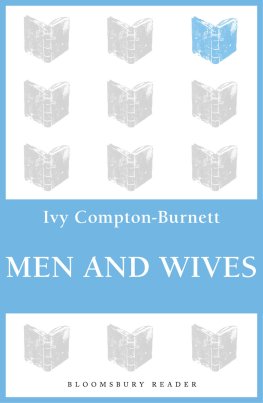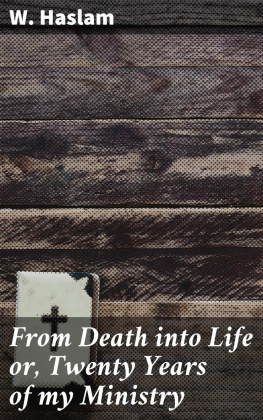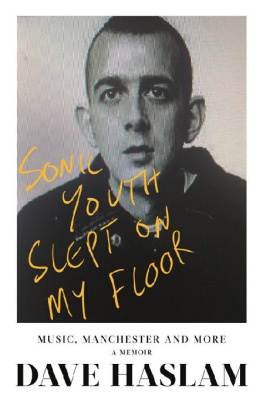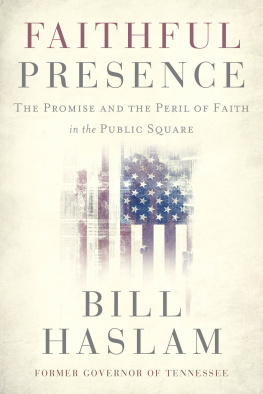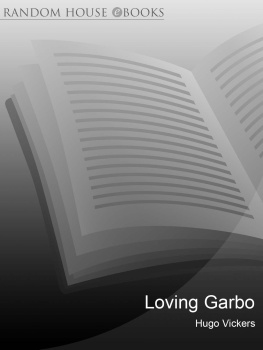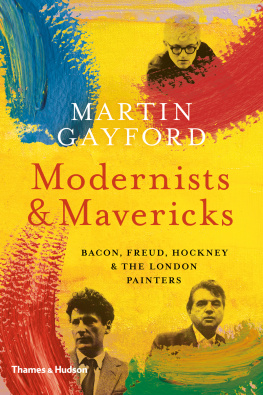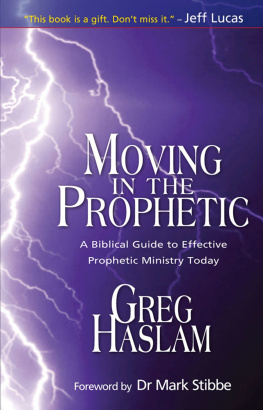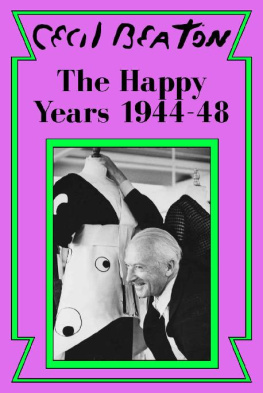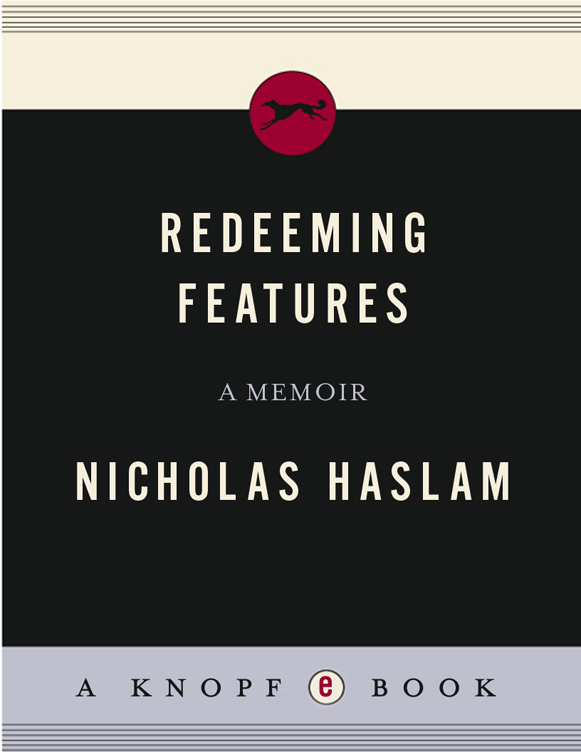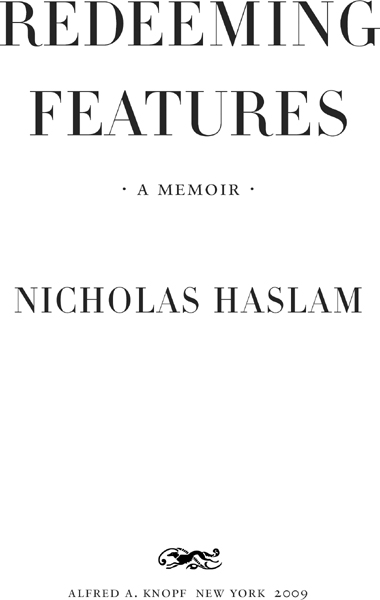Acknowledgments
First and foremost, my thanks are due to Flora Connell, my beloved and irreplaceable right hand, without whom this book would not exist, and to Shelley Wanger, my enchanting editor at Knopf. Equally, to Dan Franklin, my brilliant editor at Jonathan Cape, who had faith from the start.
I owe many thanks to Graydon Carter and Chris Garrett at Vanity Fair for their excellent advice and enthusiasm. And a debt of gratitude to my agent Gillon Aitken who has made all the right decisions. Hugh Cecil originally cast a writing fly over the pools of my memory. David Jenkins and Catherine Snow generously read and tailored my manuscript. Adam Tyler Moore researched and corrected dates and details. Andrew Wilson sent me examples of how to really write. Mark Lucas, Matthew Sturgis, Alan Sampson, and Celia Hayley all played early, crucial roles in shaping the book. I owe a special debt of gratitude to Evelyn de Rothschild and Victoria de Rothschild; likewise to Charles Saatchi and Stuart Sapcote.
Those who have constantly encouraged, sustained, and advised me over the years must be paramount in my thanks. Such love and friendship, new and old, I treasure, particularly that of Dominick Dunne, Natasha Kagalovsky, Carol Galley, and Hannah Rothschild. I hope Susan Crewe, Alexandra Shulman, Rupert Thomas, Lynn Barber, and Mark Amory are aware of how grateful I am for their support.
Min Hogg and other beloved friends of a lifetime, Romana McEwen, Christopher Gibbs, James Fox, John Richardson, Jane von Westenholz, James Davison, Candida Lycett-Green, Danny Moynihan, and Michael Haslam graciously responded to my frequent calls on their memory and fished out long-forgotten photographs. James Moores gave me permission to reproduce the John Deakin portrait on the dust jacket. Richard and Susan Young allowed me to raid their astonishingly extensive archive, and Robin Muir of British Vogue delved into back issues. Cond Nast publications also provided W archive photographs by Tim Jenkins, and Norma Stevens at The Avedon Foundation generously let us use Avedons Harpers Bazaar cover. Jerry Schatzberg and David Bailey generously allowed me to use their work, and the estate of Diane Arbus kindly granted permission to reproduce the portrait of Mae West that Diane gave me.
Gilly King of Whitelands College showed me round Parkstead House. Her enthusiam for my ancestors past in that exquisite building by Sir William Chambers brilliantly illuminated my theretofore scant knowledge.
Carol and Reinhard Winkler in Klosters and the Alpes-Maritimes, Janet de Botton in Provence, Carole and Anthony Bamford on boats and in Barbados, and Paddy and Lizzie Rountree in Mauritius all provided havens of calm and beauty in which to write. I am grateful beyond words for such times of sybaritic luxury. For more than twenty years John and Jean Major have made my own retreat in Hampshire, the Hunting Lodge, a joy to return to.
My heartfelt thanks go to Kate Howard in my office and Ken Schneider at Knopf for cheerfully re-re-typing my manuscript, which was then instructively copyedited by Susan Llewellyn.
My steadfast, beautiful, and handsome colleagues at NH Design, especially Colette van den Thillart, Jena Quinn, and Freddy van Zevenbergen, delight and inspire me every day, as does each member of my staff past and present. I could never have finished this book without their care, diligence, responsibility, and understanding. My driver, Nash Chowdery, has unlimited skill and patience.
To all those mentioned above, and to the myriad others who have so memorably touched my life, I can only crave indulgence for any errors in Redeeming Features. They are no ones fault but my own.
NH
Hampshire, 2009
Then did I dwell within a world of light,
Distinct and separate from all mens sight,
Where I did feel strange thoughts, and such things see
That were, or seemed, only revealed to me,
There I saw all the world enjoyed by one;
There I was in the world myself alone;
No business serious seemed but one; no work
But one was found, and that in me did lurk.
Dyou ask me what? It was with clearer eyes
To see all creatures full of deities.
No ear,
But eyes themselves were all the hearers there,
And every stone and every star a tongue,
And every gale of wind a curious song.
THOMAS TRAHERNE
ONE
I T IS EARLY MORNING . Beyond the open window of my attic room is a sky so blue it seems to throb. I feel irresistibly drawn by its radiance. Somehow I must try and reach it, touch it, must try to get there from my bed with its mattress made rigid by boards. I push away the metal-ribbed dome that prevents the covers from weighing on my legs. With hesitant steps I cross the room toward the shining square. I reach the windows embrasure, grasp the sill, and look out into the blue, blue heady as ether. And then, below the blue, in an orchard set in cobweb-spangled grass, apple trees stand layered with deep drifts of blossom, fat clusters of snow white petals smudged with crimson, bouquets like clouds gathering before sailing up into that vivid sky, leaving their black shadows to fragment on the silvery ground. I am transfixed by this sight, this new vision of remembered mornings, this vibrant spring.
I hear the door open, and Teresas voice behind me. Back to bed now?
Three years earlier, at the age of seven, I had caught polio. It was Teresa who, for the thousand days the disease paralyzed my body, had tended to my every need. With her patience and help I was just learning to walk again.
In a minute, I answer.
Outside the orchards walls the drive, along which, so long ago it seemed a London ambulance had brought me, curved gently up over a ridge, through chalky flat fields furrowed by the sharp spears of green wheat, to meet the walls enclosing the garden below. Beyond, on one side, was a barrier of tall dark trees; on the other, the rusty pink bricks of outbuildings, stables, storerooms, granaries, and garages were dwarfed by the creosote-blackened boards of tall barns. Above them, roofs of lichen-speckled tiles lay like an undulating patchwork, gently tucking their eaves around the hay-filled darkness. Farther away, in the hazy morning distance, the fields were fringed by ragged hawthorn hedges fuzzy with garlands of old-mans beard. Irregular massive elms, corallike against the sun, studded with the jagged islands of rooks nests, would soon cast pools of shade splashed with the noisy pink of dog roses. All around the ridge fell gently away, folding into canopies of green woodlands, lime green beeches, yellow-green oaks, the blue-green steeples of yew. Devils Den, Willow Copse, and Herberts Hole, these woods were callednames as ancient as the valleys and hills in this primeval Chiltern landscape.
Across the chalk-and-flint-strewn fields, a coppice of gnarled, mistletoe-swathed branches stood stark against the glassy sky. They marked the ley of a lane to a sandy heath. I had always known that Gypsy families drew their painted wagons into circles around fires ringed with stones, and brown-limbed, long-haired children raced whooping through the labyrinth of dark tunnels theyd formed beneath the high bracken. One heat-heavy evening three summers before, near naked myself, I had run the mile across the shardlike stubble, peered through the saplings to watch them. After a while, though I was unable to understand their strange speech, they signaled me to join them, explore their tunnels, and join the stone circle, where, feeling a kind of thrilling sensuality, I watched sinewy arms reach for soot-blackened kettles that hissed on dying embers. Smoky shadows rose and deepened. Then for a moment the setting sun infused the facade of Hundridge, distant across the fields, with a fiery gleam beckoning me back to my own world. As I ran I looked over my shoulder, wanting to return but stumbling on, my heart thumping. I was feeling a strange new emotion, different from any Id yet experienced: I realized I was somehow enviously attracted to those figures and faces Id just seen. The strength of this sensation made me suddenly scared. Was it a sin to feel this way? Could I be punished for it? Breathless, I stopped, looked backjust one last glance. Now the line of elm trees stood dark against the sky, like a barrier, guardians of the secret beyond.


